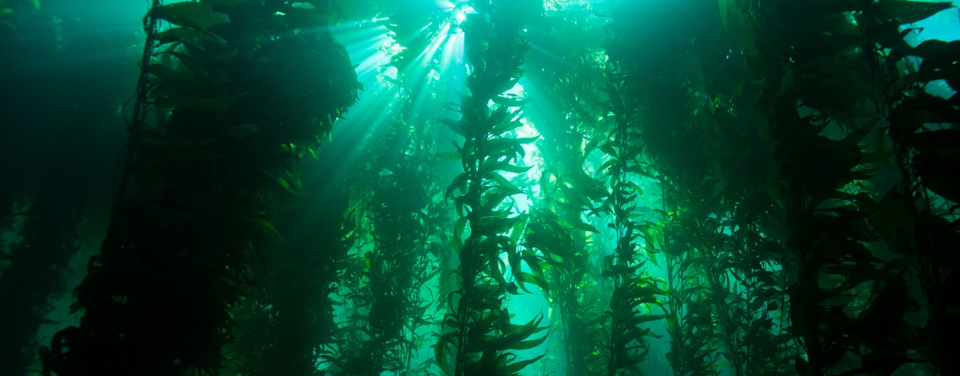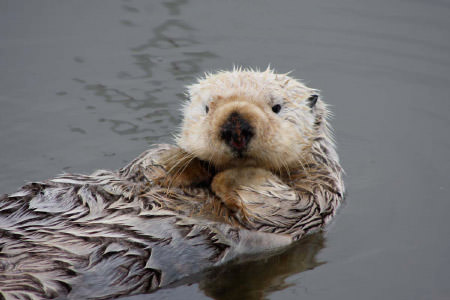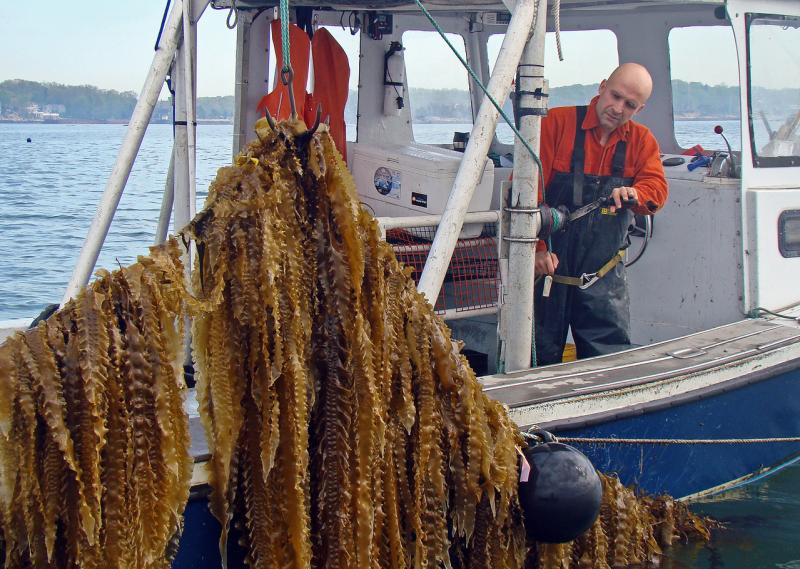Have you ever read an article about marine ecology? Chances are, you’ve probably been enlightened about kelp forests. Not to be confused with kelp beds, kelp forests are underwater areas with a high density of kelp. They’re essentially underwater forests mostly made up of kelp. Kelp forests cover a large portion of the world’s coastlines and are recognized as one of the most productive types of ecosystems on Earth. They offer a habitat for a wide variety of marine species, from invertebrates, to fish, to marine mammals.

Most people don’t actually know that kelp (Laminariales) is actually a form of algae, and depending on the species can exhibit different phenotypical traits. For instance, giant kelp is usually one of the biggest species and can grow 30-60cm a day under the right conditions. Other species of kelp never grow that big, and at full length will only grow a few meters from the ocean floor. Productive kelp forests often require a spot of upwelling which delivers cool and nutrient-rich water towards the surface and through the forest. Similarly, a current or a bit of turbulence will help to distribute the nutrients evenly throughout the forest. Most forests are associated with arctic and temperate environments, very few species of kelp are seen in the tropics.
Structurally, kelp forests contain three main guilds: canopy kelps which extend to the surface, stipitate kelps which extend only a few meters from the sea floor, and prostate kelps which lie very near to the sea floor. Forests will often contain many different species of kelp, and these guilds help us to group each species within the forest. Each guild also has its own associated organisms, depending on the location of the kelp forest. These help build up the trophic ecology of a kelp forest, which has been a focal point in the studies of kelp forest ecology for decades. Many biologists study how predators in the higher trophic levels control those in the lower levels. For example, in many Alaskan kelp forests, otters and certain fish species will control the urchin populations which are known herbivores. This allows the kelp forest to continue to thrive and not be destroyed by the herbivores. With the natural protection and structure that the forests provide, a wide variety of marine organisms are attracted to the forests, making them one of the richest ecosystems in the ocean.

We may not think so, but kelp forests have been very important to humans for thousands of years. Early fishing communities often followed kelp forests in order to catch enough fish, they acted as a buffer from rougher waters to early sailors, and even today we use kelp as a food source in aquaculture. Throughout the years, kelp forests have greatly impacted human development, but in return we have greatly impacted the kelp forests as well. In more recent years, kelp forests have begun to face many threats, largely due to human activity.

Marine pollution, overfishing, overharvesting, invasive species, and climate change are all threats to kelp forests today. Climate change and overfishing have been the most pressing threats. Climate change has caused sea temperatures to rise and kelp does not grow very well in warmer waters. With overfishing, many of the higher trophic levels are removed from the ecosystem, allowing the herbivores to overpopulate and eventually destroy the forests. While there are some movements to restore kelp forests such as the restoration project in California, we should keep an eye on these issues before we lose this ecological masterpiece for good.